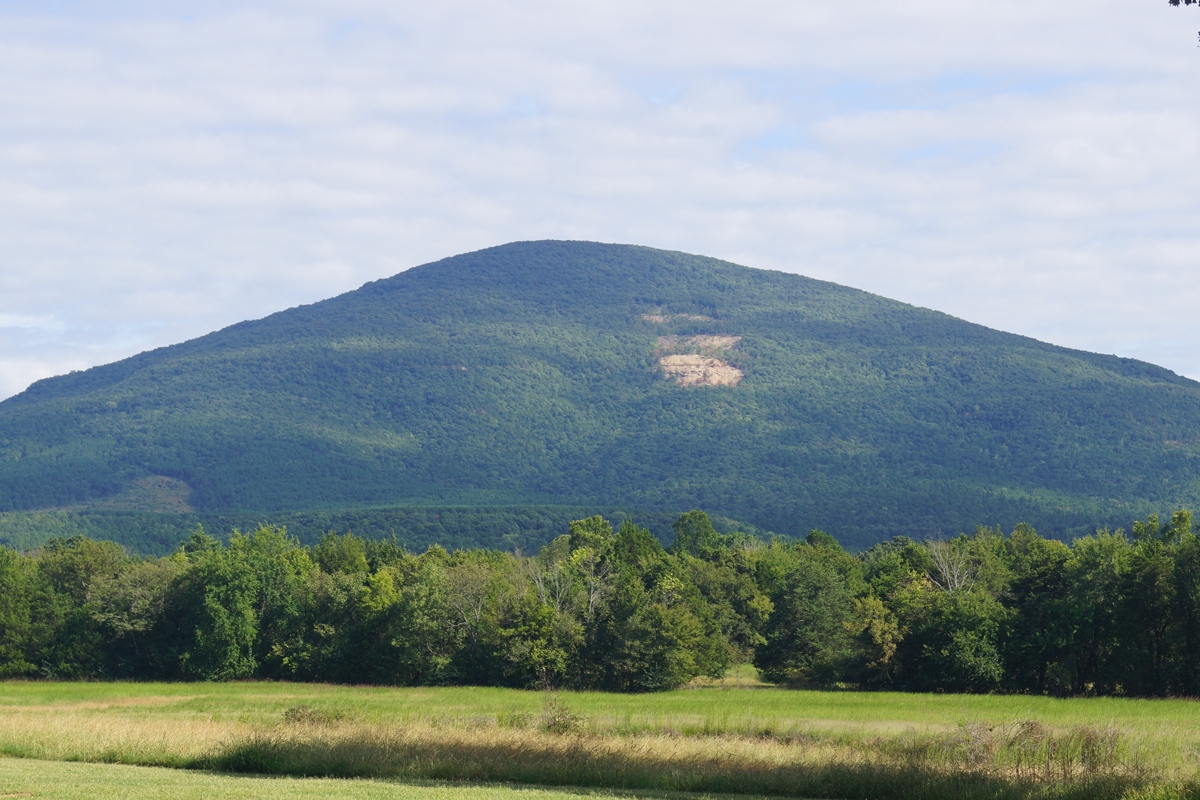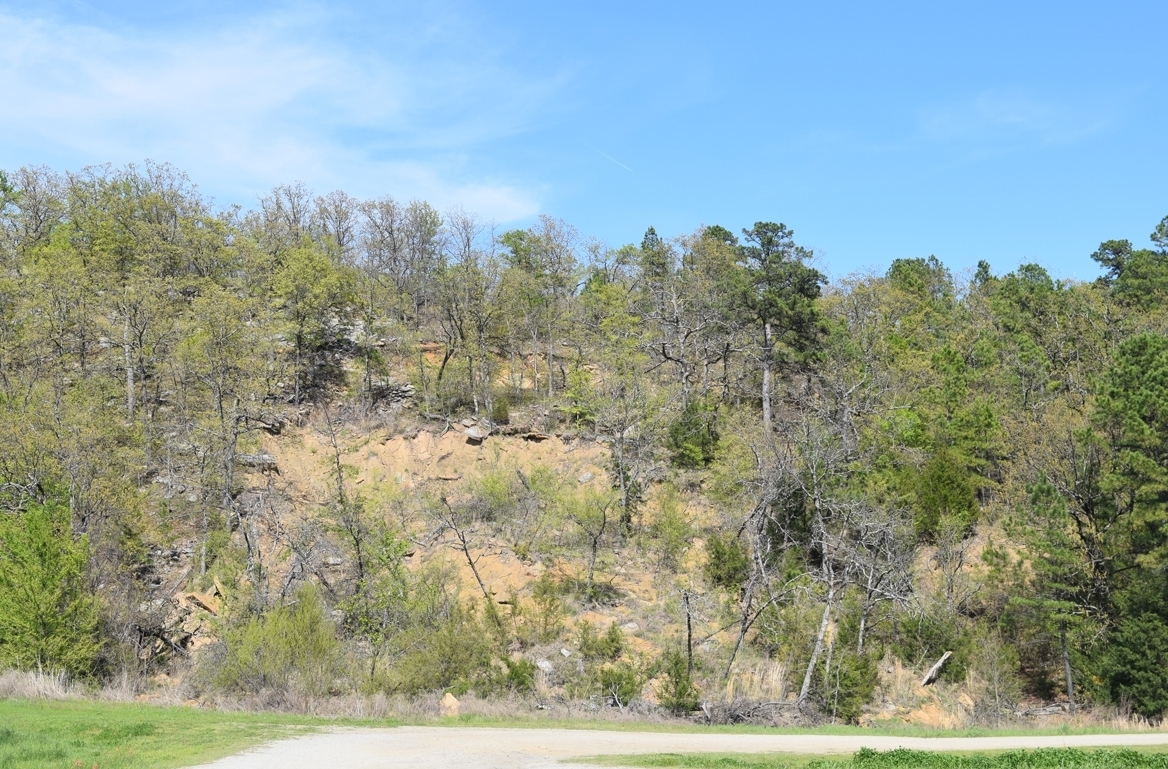Netra Regmi, Ph.D., hazards geologist for the Oklahoma Geological Survey at the University of Oklahoma, is leading a study funded by NASA using remote sensing data and machine learning to improve scientists’ understanding and predictability of landslides. Remote sensing data helps scientists detect and monitor changes on the Earth’s surface over time.
According to NASA's Earth Science Division, landslides are one of the major geohazards that cause thousands of fatalities and billions of dollars in damages each year across the world. Data from the U.S. Geological Survey estimates that landslides cause more than $1 billion in damages and about 25 to 50 deaths each year in the United States. Landslides occur in every state and U.S. territory and pose significant hazards in eastern Oklahoma’s Ouachita and Ozark mountains.
Regmi, with Oklahoma Geological Survey researchers Nicholas Hayman and Jacob Walter, and School of Geosciences assistant professor Junle Jiang, are building on previous research that mapped a large number of landslides in eastern Oklahoma. Using expanded data sets, the research team is now looking to better understand the causes, mechanics and associated hazards of these landslides.



